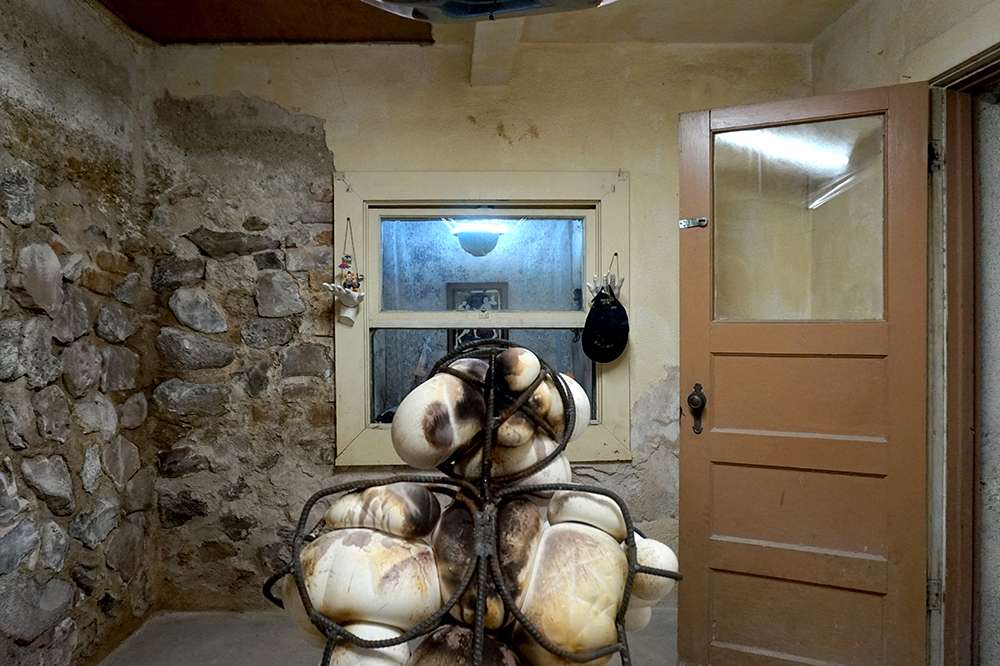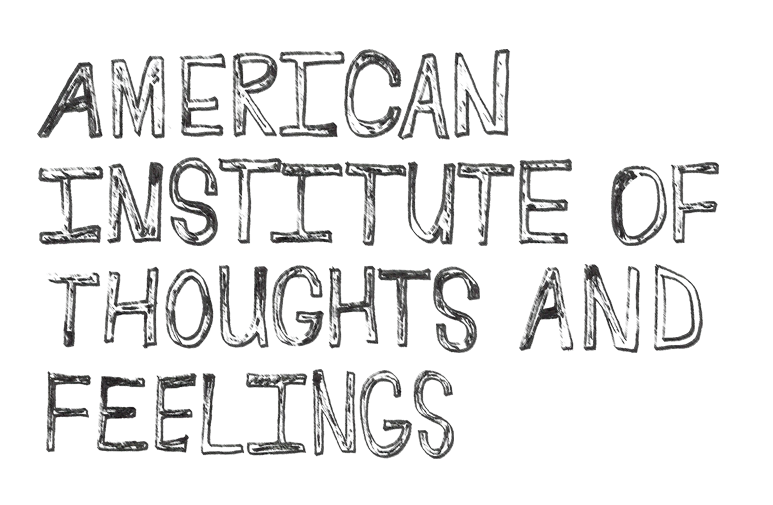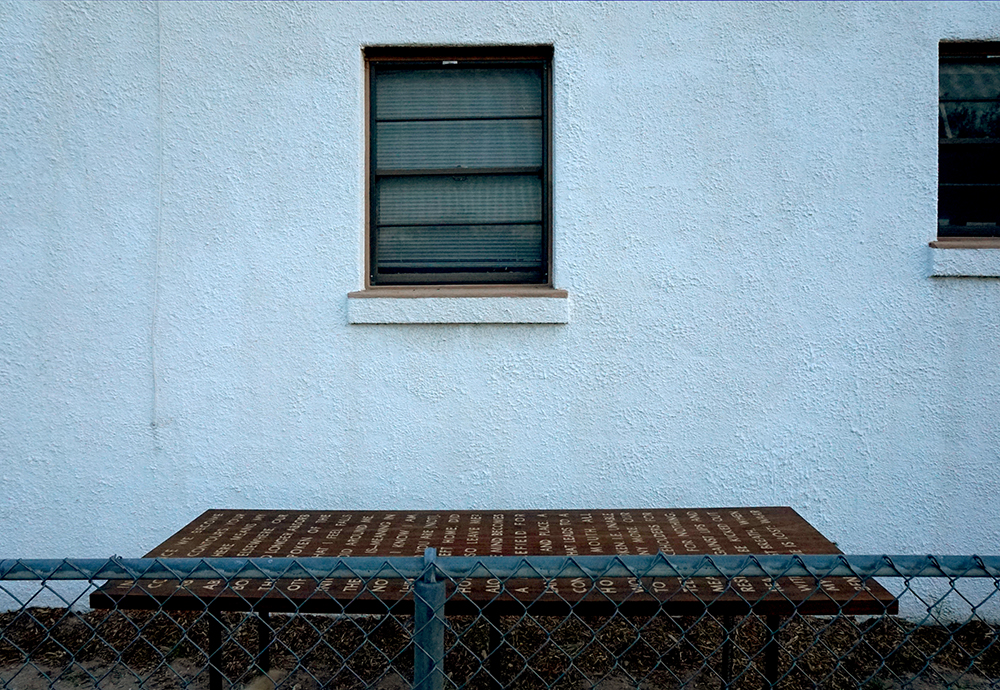an earth between us
LARA SCHOORL & TIMO FAHLER
28 APRIL - 2 JUNE 2019
LARA SCHOORL & TIMO FAHLER
28 APRIL - 2 JUNE 2019
LARA SCHOORL
Bearing correspondence
Hand-engraved walnut on MDF, steel, notebook
Semi-Permanent Sculpture Garden of the Side Yard
CLICK HERE FOR FULL DOCUMENTATION
Bearing correspondence
Hand-engraved walnut on MDF, steel, notebook
Semi-Permanent Sculpture Garden of the Side Yard
CLICK HERE FOR FULL DOCUMENTATION

TIMO FAHLER
either or, neither nor 2
(notas del subterráneo)
Plaster, steel, brown dye, water, mixed media installation
Underground Bureau of Investigations
CLICK HERE FOR FULL DOCUMENTATION
either or, neither nor 2
(notas del subterráneo)
Plaster, steel, brown dye, water, mixed media installation
Underground Bureau of Investigations
CLICK HERE FOR FULL DOCUMENTATION
//////////////////////////////////////////////////////////////////////////////
an earth between us, is a two-person exhibition by Timo Fahler and Lara Schoorl with readings and work by Raquel Gutiérrez, Farid Matuk and Zeenat Nagree. The show presents either or, neither nor 2 (notas del subterráneo) by Fahler and Bearing Correspondence by Schoorl; two unrelated works that are in dialogue through the surface of the earth and the exchange of language between them.
*****
There was an earth between us when we were born on different sides of the world—in Tulsa (Oklahoma) and Amsterdam (Netherlands)—a distance that will always remain in our blood despite how close we now are. The earth between us in the exhibition, separating the two sites, is a reflection of the nature in which our relationship exists, composed from different languages, different skin colors, and different genders; again the earth becomes a metaphor for a place of co-existing and co-depending individual perceptions.
*****
Either or, neither nor 2 is the second in a series of works by Fahler that is rooted in and composes narratives of a hybridized identity. Informed by his Mexican and German heritage, joined together in the Midwest, Fahler considers a variety of mediums to conceptually depict a multinational background fused with his interpretation of American identity. The sculpture is a life size, squatting, metal and plaster figure referencing Atlas's stance that, instead of carrying a globe, reaches its arms outward; a gesture that could be perceived as a reaching out for or pushing away from something. Yet, the hands are a melted mass of plaster and cannot hold on to whatever may be in front of them. The sculpture itself is about dealing with the onslaught of our current social and cultural economy while contemplating what it is to think of the shared "weight of the world," and one's own identity within these confines. A brown dye drip from above the work—as though from a stalactite or other slow and accumulated drippings—drips slowly onto the sculpture, and so shifts the color of the white plaster sculpture to partially brown. The brown dye represents an external and internal in/difference towards Fahler’s identity and his understanding of that identity (having brown and white heritage). Being underground, the location of UBOI echoes the investigation of identity through the permeability of a skin. The skin becoming a border of our own and others’ perceived understanding of ourselves.
Bearing Correspondence is a concrete essay that functions as a table and attempts a correspondence with absence, with no one. The words carved into the surface–a negative space composed from language—are and imagine what is not there. It is realistically an impossible attempt as produced language always has an assumed receiver, even if it is oneself. No one, a present absence, thus becomes a receiver. The work draws from the phenomenological table from which the world unfolds and so imagines absence through memory, experience and knowledge. By way of its Latin etymology a table is “a tablet of wood or stone that bears or is meant to bear inscription" (OED). And what is the table but a function; like a word it can have different forms and its meaning changes with context. Throughout the duration of the exhibition, Schoorl invites anyone who visits the table to write into the void they face. Considering who and what is not here, who and what is not “I” here, temporarily brings (an)other perspective(s) in our proximity; a reminder that although everything is here, we cannot see it all at once. Toward the end of the show, Schoorl's work will be joined by a letter from Zeenat Nagree in the form of a cloth worked on with thread and hair. On its surface, material remains/remnants that are at once seductive and undesirable hint at presence, its evacuation and disintegration, in an attempt at writing to the body with the body.
Whereas Fahler’s work moves inwards, not only inside of the earth, but the drip of brown dye seeps under the plaster skin of the plaster, interrogating perception and being perceived from Schoorl’s essay, outside, begins at a single point inside the writer, inside any writer at the table, and opens outwards into a void of absence as a possible reverberator. Both works ruminate on past and present personal experiences, but connecting disparate memories (Fahler), possible fantastical and unestablished futures open up.
*****
Lara Schoorl is a writer from
the Netherlands and lives in Los Angeles where she runs Close Distance Journal.
Timo Fahler (b. 1978 in Tulsa, OK) lives and works in Los Angeles. Recent exhibitions include Nepantla, Gamma Galeria; In your dream they are not / words, Neuer Kunstverein Wuppertal; slow relief, Ibid. Gallery; Tierra. Sangre. Oro., Marfa Ballroom; In, Club Pro, Los Angeles, CA; forward, LTD Los Angeles; and a most imperfect understanding, a most slanted manner, LAXART, Los Angeles, CA. Fahler is also co-founder of the artist-run space BBQLA and acts as independent curator for projects throughout the United States.
Zeenat Nagree is a writer based in Bombay.
Raquel Gutiérrez is a writer of personal essays, memoir, art criticism, and poetry. An adult child of Mexican and Salvadoran immigrants, she was born and raised in Los Angeles and currently lives in Tucson, Arizona where she is a semester away from completing an MFA in Poetry and Non-Fiction from the University of Arizona. Raquel is a 2017 recipient of the Creative Capital | Andy Warhol Foundation Arts Writers Grant. She also runs the tiny press, Econo Textual Objects (est. 2014), which publishes intimate works by QTPOC poets. Her poetry and essays have appeared in the Los Angeles Review of Books, Open Space, The New Inquiry, Zocaló Public Square, Entropy, FENCE, Huizache, and are forthcoming in Río Grande Review, The VOLTA and Hayden’s Ferry Review. Raquel is currently working on two manuscripts, a work of poetry and a collection of essays.
Farid Matuk is the author of the poetry collections This Isa Nice Neighborhood and The Real Horse. He serves on the editorial team at Fence magazine, teaches on the MFA faculty at the University of Arizona, and in 2020 will be the Holloway Writer in Residence at UC Berkeley. He’s currently working on a collaborative book with Colombian visual artist Nancy Friedemann-Sánchez forthcoming from Singing Saw Press.
//////////////////////////////////////////////////////////////////////////////
Timo Fahler (b. 1978 in Tulsa, OK) lives and works in Los Angeles. Recent exhibitions include Nepantla, Gamma Galeria; In your dream they are not / words, Neuer Kunstverein Wuppertal; slow relief, Ibid. Gallery; Tierra. Sangre. Oro., Marfa Ballroom; In, Club Pro, Los Angeles, CA; forward, LTD Los Angeles; and a most imperfect understanding, a most slanted manner, LAXART, Los Angeles, CA. Fahler is also co-founder of the artist-run space BBQLA and acts as independent curator for projects throughout the United States.
Zeenat Nagree is a writer based in Bombay.
Raquel Gutiérrez is a writer of personal essays, memoir, art criticism, and poetry. An adult child of Mexican and Salvadoran immigrants, she was born and raised in Los Angeles and currently lives in Tucson, Arizona where she is a semester away from completing an MFA in Poetry and Non-Fiction from the University of Arizona. Raquel is a 2017 recipient of the Creative Capital | Andy Warhol Foundation Arts Writers Grant. She also runs the tiny press, Econo Textual Objects (est. 2014), which publishes intimate works by QTPOC poets. Her poetry and essays have appeared in the Los Angeles Review of Books, Open Space, The New Inquiry, Zocaló Public Square, Entropy, FENCE, Huizache, and are forthcoming in Río Grande Review, The VOLTA and Hayden’s Ferry Review. Raquel is currently working on two manuscripts, a work of poetry and a collection of essays.
Farid Matuk is the author of the poetry collections This Isa Nice Neighborhood and The Real Horse. He serves on the editorial team at Fence magazine, teaches on the MFA faculty at the University of Arizona, and in 2020 will be the Holloway Writer in Residence at UC Berkeley. He’s currently working on a collaborative book with Colombian visual artist Nancy Friedemann-Sánchez forthcoming from Singing Saw Press.
//////////////////////////////////////////////////////////////////////////////

